Define Protein
Proteins are like the superheroes of our bodies. They are made up of small building blocks called amino acids, which are like the different parts that make up a superhero’s powers and abilities. Just as each superhero has a unique combination of powers, each protein has a unique structure and function. Proteins do many important jobs in our bodies. Some act as messengers, carrying signals between cells. Others are like workers, helping with tasks like breaking down food or repairing tissues.
There are also proteins that act as defenders, helping our immune system fight off germs. Imagine a big protein as a LEGO model made from different types of LEGO bricks (amino acids). Depending on how you put these bricks together, you can create different structures, just like how different proteins have different shapes and functions. So, proteins are essential for our bodies to work properly, just like how superheroes are essential for saving the day.
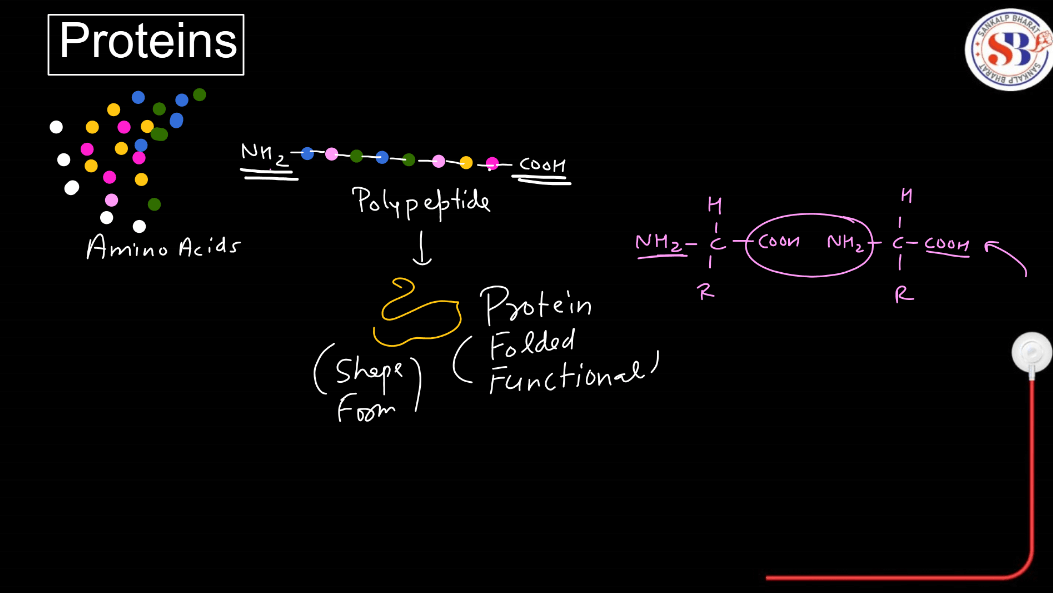
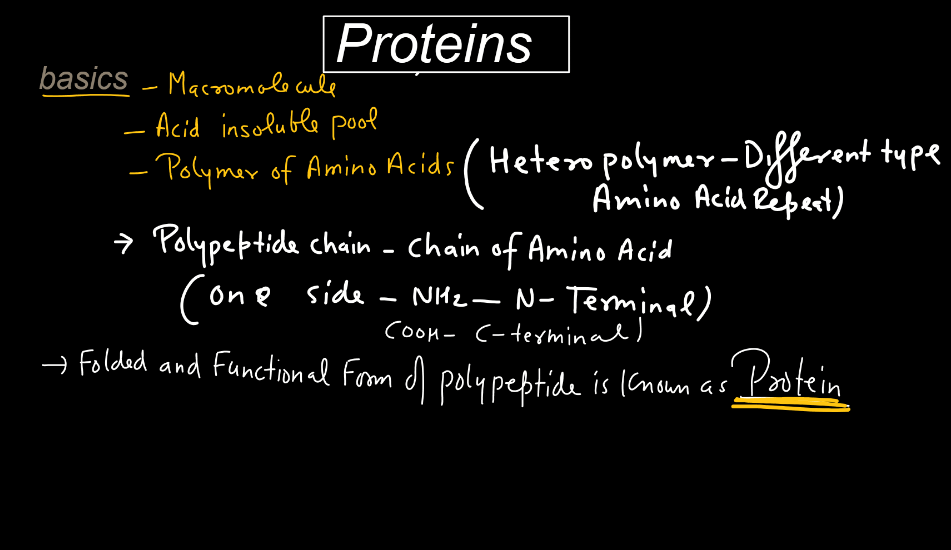
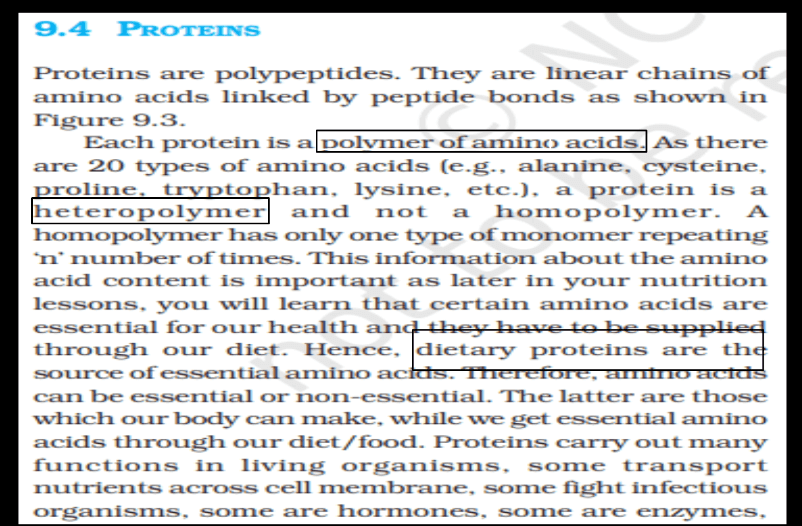
Different Structures of Proteins
Proteins are large molecules composed of amino acids that play crucial roles in biological processes. There are four levels of protein structure that are: Primary structure, Secondary structure, Tertiary Structure, and Quaternary Structure. These hierarchical levels of protein structure are essential for understanding how proteins function in cells and how their properties can be manipulated for various applications in Biology, medicine, and biotechnology.
- Primary Structure: This is the linear sequence of amino acids joined together by peptide bonds. The specific order of amino acids determines the unique identity and function of each protein.
- Secondary Structure: Secondary structure refers to the local folding patterns within a protein chain. The two most common secondary structures are alpha helices and beta sheets.
- Alpha Helix: A helix structure where the protein chain is coiled like a spring.
- Beta Sheet: Formed when protein strands are aligned side by side and connected by hydrogen bonds.
- Tertiary Structure: Tertiary structure is the overall three-dimensional shape of a protein. It arises from interactions between amino acid side chains, including hydrogen bonds, disulfide bridges, hydrophobic interactions, and van der Waals forces. This structure is crucial for a protein’s functions, as it determines its active site and binding capabilities.
- Quaternary Structure: Some proteins, known as quaternary proteins, are composed of multiple polypeptide chains called subunits. Quaternary structure refers to the arrangement of these subunits and the interactions between them. Hemoglobin, for example, consists of four subunits that come together to form its functional structure.
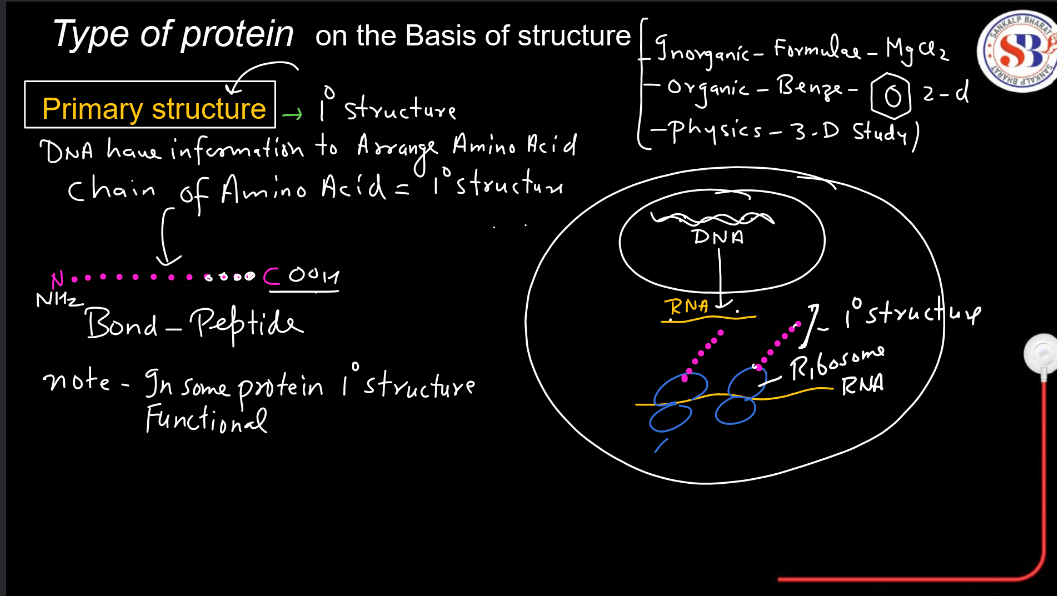
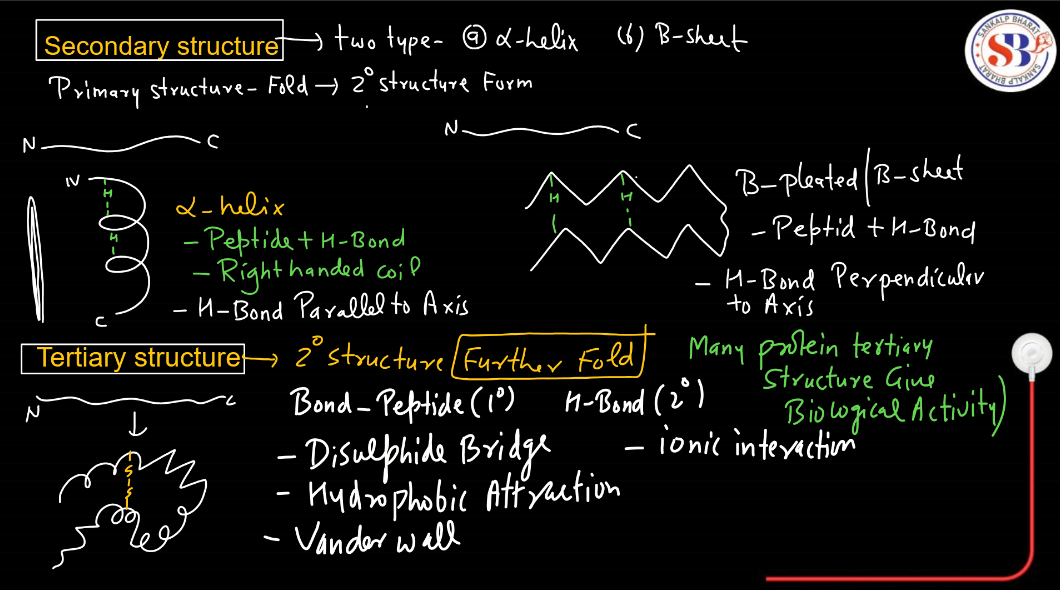
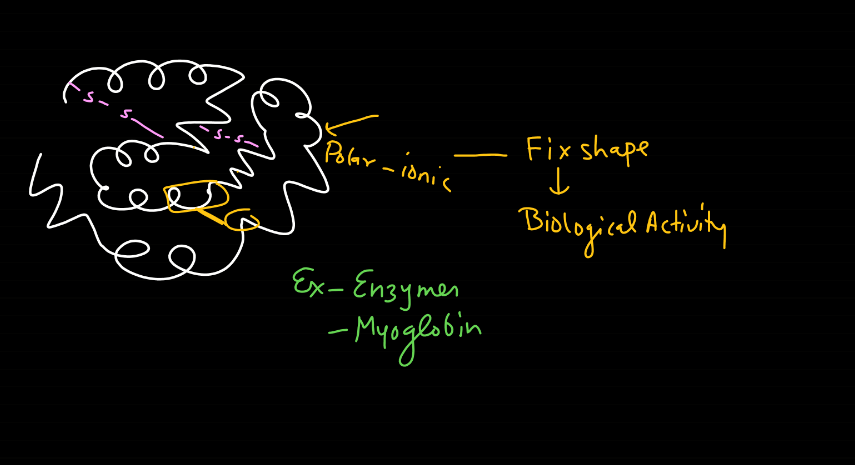
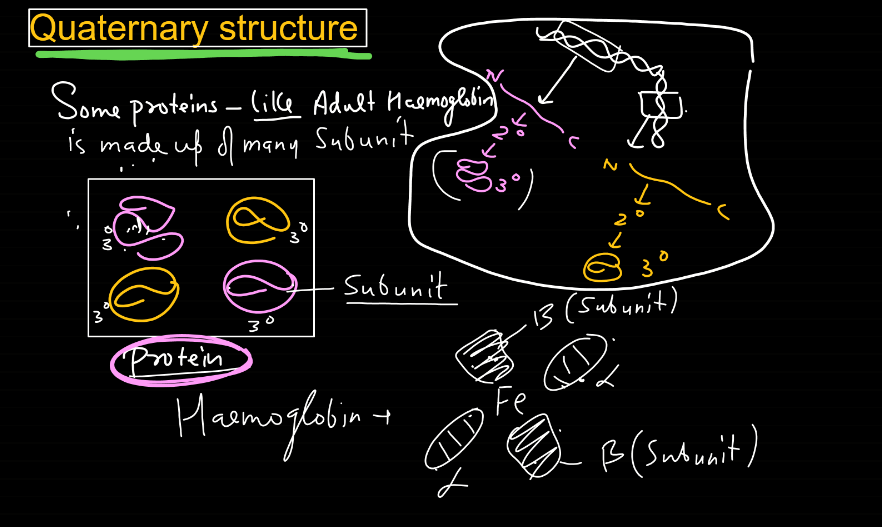
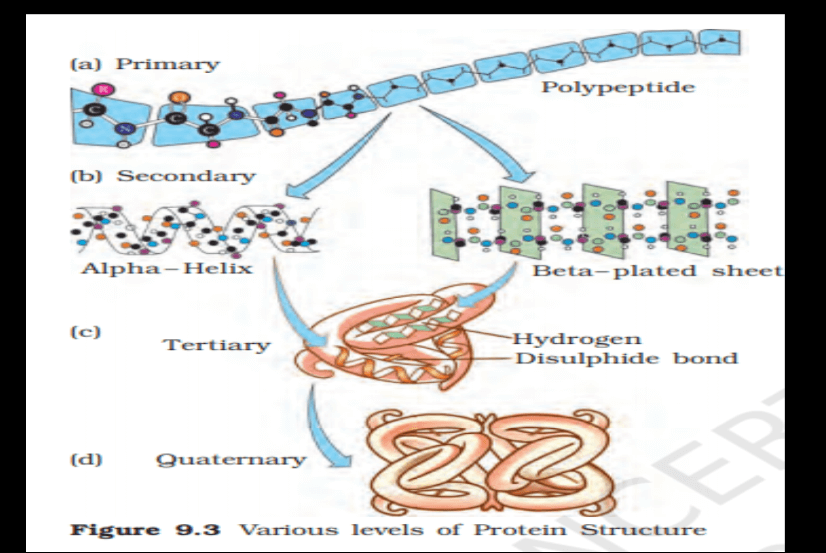
Types of Proteins
Proteins are diverse molecules with various functions in living organisms. They can be categorized based on their structure, function, and source. These categories highlight the diversity and importance of proteins in biological processes. Here we have discussed a few common types of proteins below:
| Different Types of Proteins | |
| Types | Description |
| Structural Proteins | These proteins provide support and structure to cells and tissues. Examples include collagen (found in skin, bones, and connective tissues) and keratin (found in hairs, nails, and skin). |
| Enzymes | Enzymes are proteins that catalyze biochemical reactions in the body. They act as biological catalysts, speeding up chemical reactions without being consumed in the process. |
| Hormonal Proteins | Hormones are signaling molecules that regulate various physiological processes. Examples include insulin (which regulates blood sugar levels) and adrenaline (involved in fight-or-flight response). |
| Transport Proteins | These proteins transport molecules such as oxygen (hemoglobin in red blood cells), nutrients, and waste products across cell membranes or within the bloodstream. |
| Antibodies/Immunoglobins | These proteins play a crucial role in the immune system by recognizing and neutralizing foreign substances such as pathogens (antigens). |
| Contractile Proteins | These proteins are involved in muscle contraction and movement. Examples include actin and myosin, which are essential for muscle functions. |
| Storage Proteins | Storage proteins store nutrients and ions for further use. Examples include ferritin (which stores iron in cells) and casein (a milk protein that provides amino acids for newborns). |
| Receptor Proteins | These proteins are located on the cell membrane and respond to specific molecules (ligands) such as hormones or neurotransmitters, triggering cellular responses. |
| Chaperone Proteins | Chaperones assist in the folding, assembly, and transport of other proteins within cells, ensuring proper structure and function. |
Functions of Proteins
Proteins are essential molecules in living organisms, and they perform a wide range of functions crucial for life. These functions highlight the diverse roles that proteins play in maintaining the structure, function, and regulation of living organisms. Here we have discussed a few key functions of proteins:
- Enzymatic Activity: Many proteins act as enzymes, which are biological catalysts that speed up chemical reactions within cells. Examples include digestive enzymes like amylase and protease.
- Structural Support: Proteins such as collagen, keratin, and actin provide structural support to cells, tissues, and organs. Collagen, for instance, is a major component of connective tissues like tendons and ligaments.
- Transport: Proteins like hemoglobin transport molecules such as oxygen in the blood. Membrane proteins facilitate the transport of ions and molecules across cell membranes.
- Hormones: Some proteins serve as hormones, acting as chemical messengers that regulate various physiological processes. Examples include insulin, which regulates blood sugar levels, and growth hormone, which promotes growth and development.
- Immune Function: Antibodies are specialized proteins produced by the immune system to recognize and neutralize foreign substances like pathogens (e.g., bacteria, viruses) and toxins.
- Cellular signaling: Proteins are involved in cellular signaling pathways, transmitting signals within and between cells to regulate processes like growth, metabolism, and gene expression.

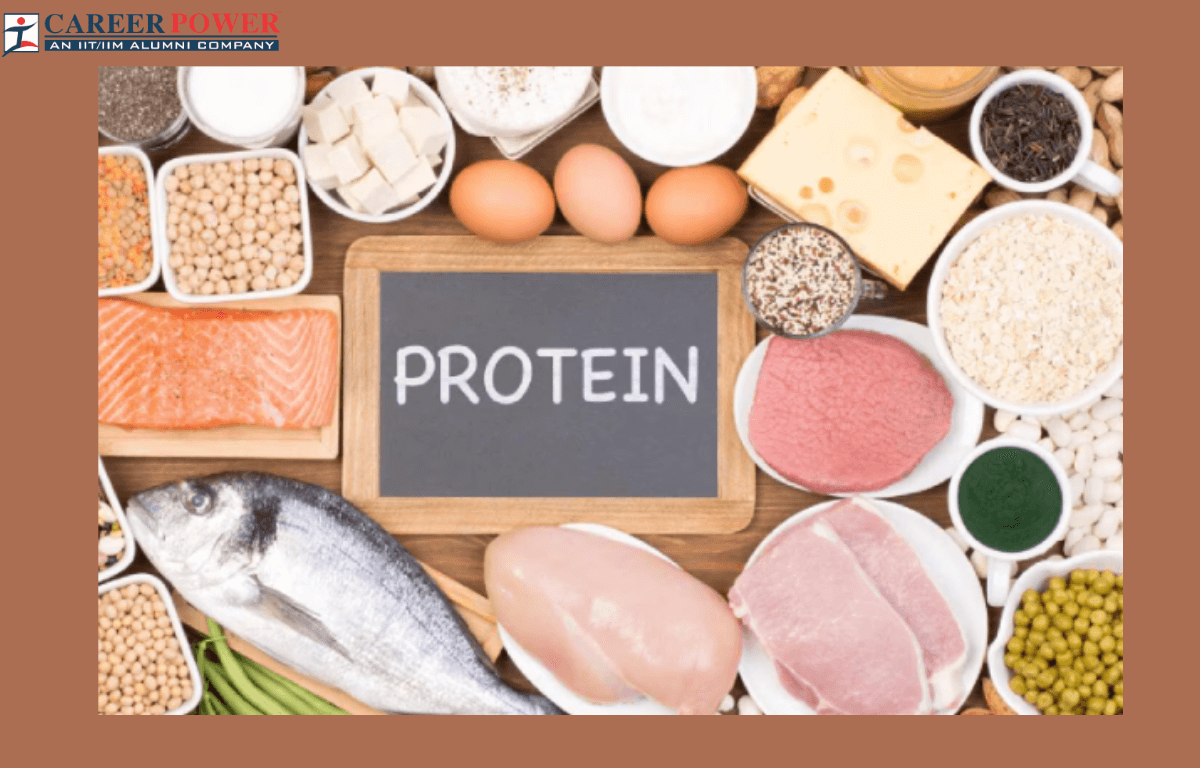

 50 Vegetables Name for Kids in English a...
50 Vegetables Name for Kids in English a...
 Food Chain: Definition, Types, Examples,...
Food Chain: Definition, Types, Examples,...
 Human Respiratory System: Definition, Di...
Human Respiratory System: Definition, Di...













